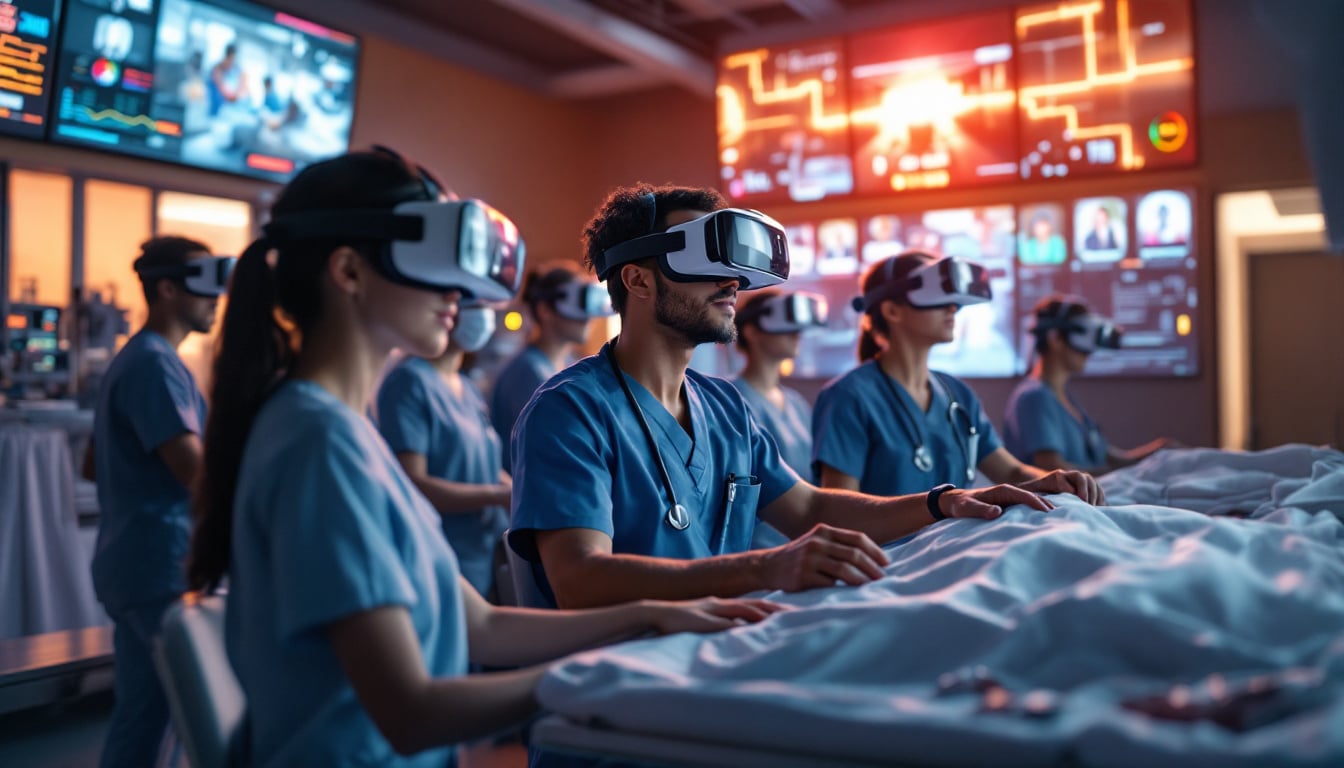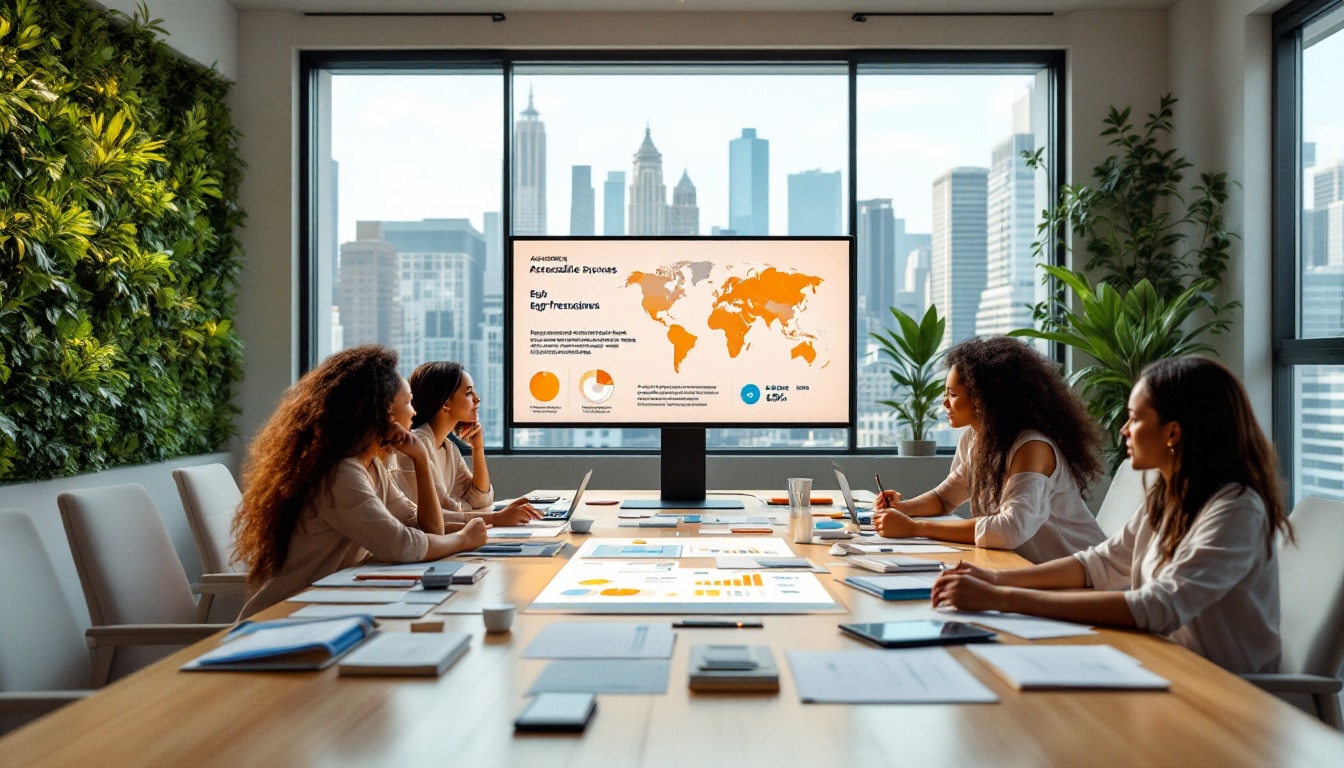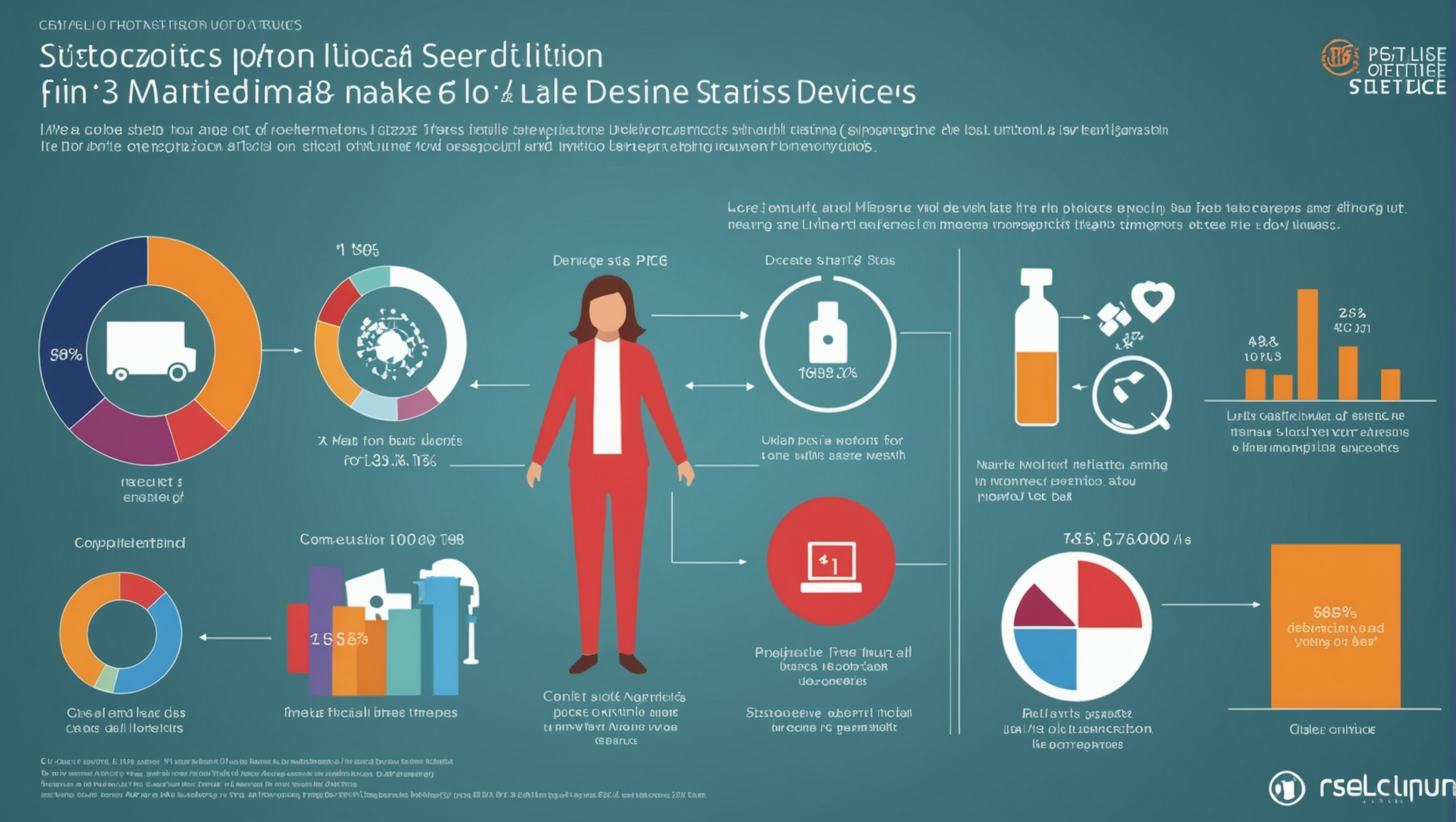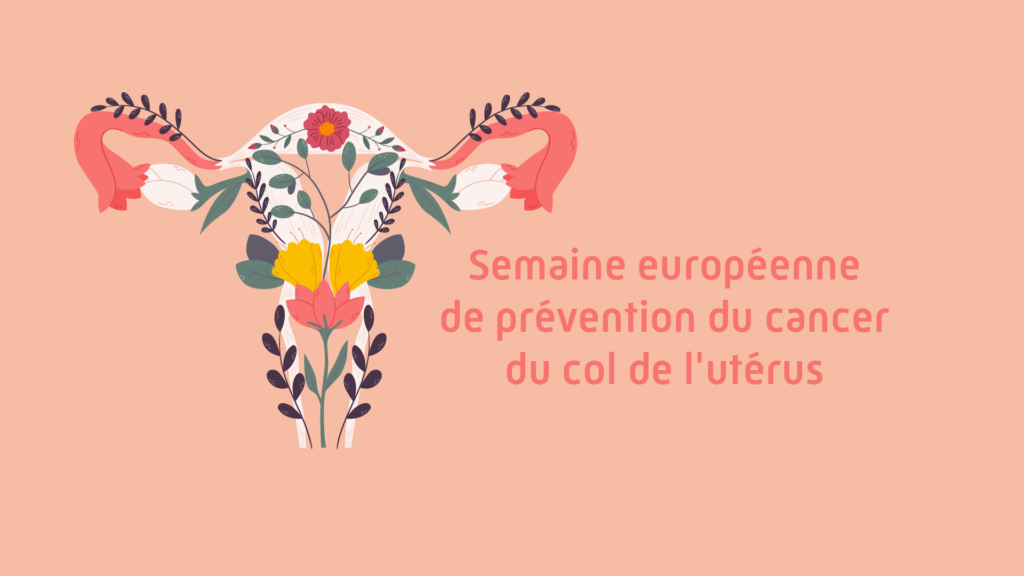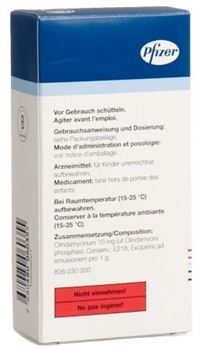Imagine a training where every gesture counts, where every second can save a life.Thanks to virtual reality, rescuers can now prepare for delicate emergency situations.The NEONATE program revolutionizes paramedic training for unexpected out-of-hospital births.
This virtual reality program offers an immersive simulation lasting 30 to 40 minutes, addressing critical scenarios such as temperature management, respiratory distress, cardiopulmonary resuscitation, and one-minute Apgar assessment. Designed for paramedics, nursing students, midwifery students, and volunteers, NEONATE can be used alone or as a complement to existing training. The introduction to VR facilitates accessibility for those encountering this technology for the first time. Developed by a researcher from Edith Cowan University, this program addresses a crucial need identified in a previous study showing that many rescuers are not adequately prepared for these rare but critical situations. The trials, funded by the Women and Infant Research Foundation, are expected to lead to an official launch in early 2026. This project is part of a growing trend of integrating VR into medical training in Australia, enhancing engagement and retention of participants’ skills.

development of the neonate virtual reality training program
The NEONATE virtual reality training program represents a significant advancement in preparing rescuers and paramedics for unexpected emergency situations during births outside healthcare facilities. Designed to offer an immersive simulation lasting 30 to 40 minutes, NEONATE immerses users in realistic neonatal care scenarios, including temperature management, respiratory distress, cardiopulmonary resuscitation, and one-minute Apgar score assessment. This program can be used independently or as a complement to existing training, primarily targeting paramedics, paramedical students, as well as nursing and midwifery students.
Developed by a researcher from Edith Cowan University, Michella Hill, NEONATE addresses a need identified in previous studies revealing that many volunteer paramedics are not adequately equipped to manage out-of-hospital births, which are rare but critical events. “With VR, they can see the baby moving and hear realistic respiratory sounds, which greatly enhances engagement and skill retention,” explains Hill. Additionally, the program is highly accessible, unlike traditional training that requires complex coordination and costly travel, especially for rural volunteers.
why is virtual reality training essential for emergency births?
Emergency situations during births require immediate and expert intervention to ensure the safety of the newborn. Traditional training programs often allocate limited time to obstetric and neonatal emergencies, leaving a gap in rescuers’ preparation. Virtual reality fills this void by providing interactive and immersive scenarios where learners can rehearse and refine their skills without real risk. This method allows for the creation of high-pressure environments similar to those encountered in real-world situations, thus enhancing the confidence and effectiveness of responders.
Moreover, the use of VR enables the replication of complex situations that are rarely encountered, such as multiple emergency births or severe respiratory complications in newborns. Learners can thus familiarize themselves with a variety of scenarios, improving their ability to respond appropriately and swiftly. This increased preparation translates into better emergency management, a reduction in medical errors, and ultimately, an increase in newborn survival rates.
the benefits of the neonate training for rescuers
The NEONATE program offers numerous benefits to rescuers and healthcare professionals. Firstly, it enhances engagement and skill retention through an immersive experience that combines realistic visual and auditory elements. Users can repeat critical procedures as often as necessary, thus reinforcing their mastery of neonatal care techniques in emergency situations.
Secondly, the flexibility of using NEONATE allows learners to complete the training at their own pace, making it easier to incorporate this training into often busy schedules. Furthermore, introducing VR for users unfamiliar with this technology allows for quicker and more effective adoption, ensuring that all participants, regardless of their level of technological skill, fully benefit from the training.
Finally, the accessibility of the NEONATE program reduces logistical and financial constraints associated with traditional training. Rural responders, in particular, benefit from the opportunity to train without having to travel long distances, which increases the reach and impact of the program across Australia. This efficiency gain translates into a greater availability of trained rescuers, ready to respond to needs all over the country.
support and partnerships for the neonate program
The development and implementation of the NEONATE program have benefited from crucial support from various organizations and institutions. One of the main sources of funding comes from the Women and Infant Research Foundation, which granted a grant to support the ongoing trials of the program. These trials are essential for validating the effectiveness of the virtual reality training and for adjusting the content based on user feedback.
Additionally, NEONATE is part of a broader trend of integrating VR into medical training programs in Australia. Leading hospitals such as Fiona Stanley Hospital, Royal Prince Alfred Hospital, Westmead Hospital, and Nepean Hospital are collaborating with technology providers like Vantari VR to introduce virtual reality into their intensive care training programs. This collaboration strengthens the support network around NEONATE, ensuring wider adoption and greater professional recognition.
Moreover, partnerships with academic institutions such as the University of Newcastle and government agencies like the Agency for Clinical Innovation in New South Wales demonstrate the public sector’s commitment to innovation in medical training. These collaborations provide additional expertise and shared resources, facilitating the ongoing development and improvement of the NEONATE program.
current trends of vr in medical training in australia
The use of virtual reality in medical training has significantly grown in Australia in recent years. Many hospitals and healthcare providers have integrated VR into their training programs, especially in intensive care and emergency intervention fields. Renowned institutions such as Latrobe Regional Hospital have adopted VR platforms similar to NEONATE for their trauma centers, demonstrating the effectiveness of this technology in various medical contexts.
The haptic technology market, which allows for realistic tactile sensations to be simulated in virtual environments, is also rapidly expanding. According to a recent study, this market is expected to reach $71 billion by 2035, highlighting the growing importance of VR and associated technologies in the field of medical training. This growth is fueled by the clear advantages of VR, such as enhancing learner engagement and the ability to safely and repeatedly simulate complex situations.
At the same time, government initiatives are actively supporting the integration of VR into medical training. For example, the Australian Department of Defense has supported the development of the Virtual Tactical Combat Care training module, aimed at training military paramedics in combat care. This initiative showcases the official recognition of VR as an indispensable tool for advanced and specialized training for healthcare professionals.
future prospects for virtual reality in emergency situations
The future of virtual reality in emergency situations is promising, with ongoing developments aimed at improving and expanding its application. The official launch of the NEONATE program is scheduled for early 2026, following rigorous testing and evaluation phases. This initiative is part of a broader vision of transforming medical training methods, where VR plays a central role in preparing healthcare professionals for complex and varied scenarios.
Future innovations could include the integration of additional technologies such as artificial intelligence to tailor training scenarios to the specific needs of learners. Furthermore, collaboration with other research institutions could enable the development of complementary training modules, covering a broader range of emergency situations.
Additionally, the international expansion of VR training programs is a realistic possibility, allowing for the sharing of best practices and innovations with other countries. This globalization of VR training could help standardize the skills of rescuers worldwide, thus improving the quality of emergency care on a global scale.
Ultimately, the ongoing evolution of VR technologies, particularly in terms of realism and interactivity, promises to offer even more immersive and effective training experiences. In parallel, institutional support and increased funding for innovative projects will ensure that VR remains at the heart of medical training strategies, addressing the current and future challenges of the healthcare sector.
The development of virtual reality training for emergency situations during births in Australia represents a significant advancement in the preparation of healthcare professionals. This innovative approach allows paramedics and ambulance officers to familiarize themselves with critical, often rare but demanding, scenarios through immersive and realistic simulations.
The NEONATE initiative, for example, offers a 30 to 40-minute simulation covering essential aspects such as temperature management, respiratory distress, cardiopulmonary resuscitation, and one-minute Apgar score assessment. These modules allow participants to develop and reinforce their skills in a secure environment, where every decision can be repeated and analyzed in detail.
One of the main advantages of virtual reality training lies in its accessibility. Unlike traditional methods that require complex logistics and significant resources, this program can be easily deployed, whether in urban or rural settings. Furthermore, integrating an introduction to VR for users unfamiliar with the technology facilitates adoption and engagement of learners.
Initial trial feedback is promising, highlighting a notable improvement in skill retention and greater confidence among participants when facing neonatal emergencies. This immersive method allows for not only better technical preparation but also more effective stress management in crisis situations.
On a national scale, the growing adoption of virtual reality in medical training programs reflects a trend toward more interactive and adaptive educational solutions. Supported by prestigious institutions and dedicated funding, this initiative positions Australia as a leader in educational innovation in health.
In conclusion, the deployment of virtual reality for training in neonatal emergencies is a crucial step toward improving the quality of care and safety of births in Australia. By combining advanced technology and modern pedagogy, this training promises to transform the preparation of healthcare professionals, ensuring a safer and more effective future for mothers and newborns.

